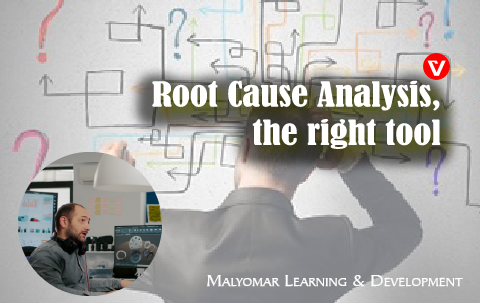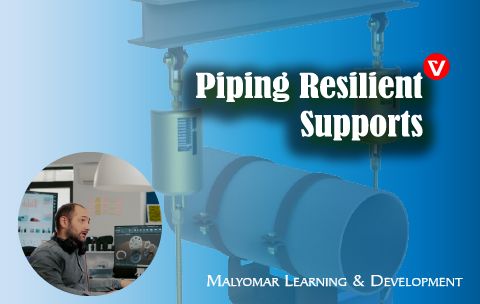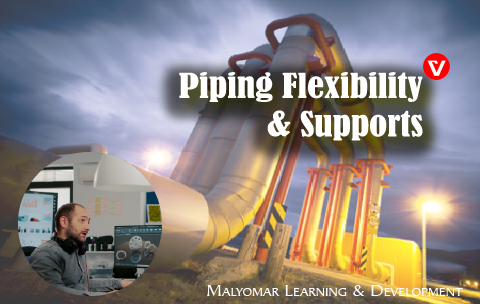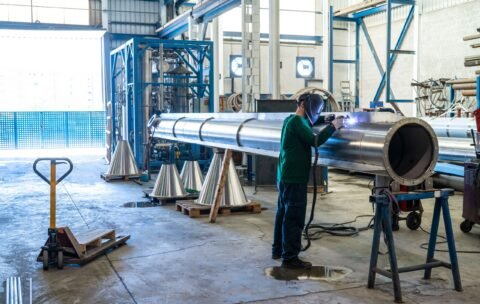Root Cause Analysis, the right tool
This course to root cause analysis (RCA) is intended to …
5,000 EGP
Root Cause Analysis, the right tool
What you'll learn
Piping Resilient Supports. Selection, Spec’s, Procurement, Installation and Maintenance
Understanding industrial plants such as refineries and chemical fields, as …
12,000 EGP
Piping Resilient Supports. Selection, Spec’s, Procurement, Installation and Maintenance
What you'll learn
Piping Flexibility and Support
Flexibility is a crucial topic in Process Piping Engineering. Almost, …
12,000 EGP
Piping Flexibility and Support
What you'll learn
API 579/ASME Fitness-for-Service (FFS)
Title: API 579/ASME FFS: Fitness-for-Service (FFS) of the Equipment Pressure …
18,600 EGP
ASME BPV Code, Section VIII, Division 2: Design & Fabrication of Pressure Vessels
This introductory course describes the use of alternative rules for …
11,980 EGP
ASME BPV Code, Section VIII, Division 2: Design & Fabrication of Pressure Vessels
What you'll learn
Fundamentals of Pumps and Their Selection for Optimum System Performance
Learn the fundamentals, selection, installation, operation, maintenance, and troubleshooting of …
11,890 EGP
Fundamentals of Pumps and Their Selection for Optimum System Performance
What you'll learn
Principles of Welding
This course provides an introduction to the principles of welding …
5,800 EGP
Principles of Welding
What you'll learn
B31.1 Power Piping
Employ the ASME B31.1 requirements throughout the entire system lifecycle …
11,980 EGP
B31.1 Power Piping
What you'll learn
Bolted Joints and Gasket Behavior
Understand bolted joint fundamentals and gasketed joint torque factors, bolting …
11,980 EGP
Bolted Joints and Gasket Behavior
What you'll learn
B31.8 Gas Transmission & Distribution Piping System
Gain an understanding of ASME B31.8 including design, operation, maintenance, …
11,980 EGP
B31.8 Gas Transmission & Distribution Piping System
What you'll learn
Design of Bolted Flange Joints
Understand and apply ASME codes and standards for bolted flange …
11,980 EGP
Design of Bolted Flange Joints
What you'll learn
- 1
- 2













